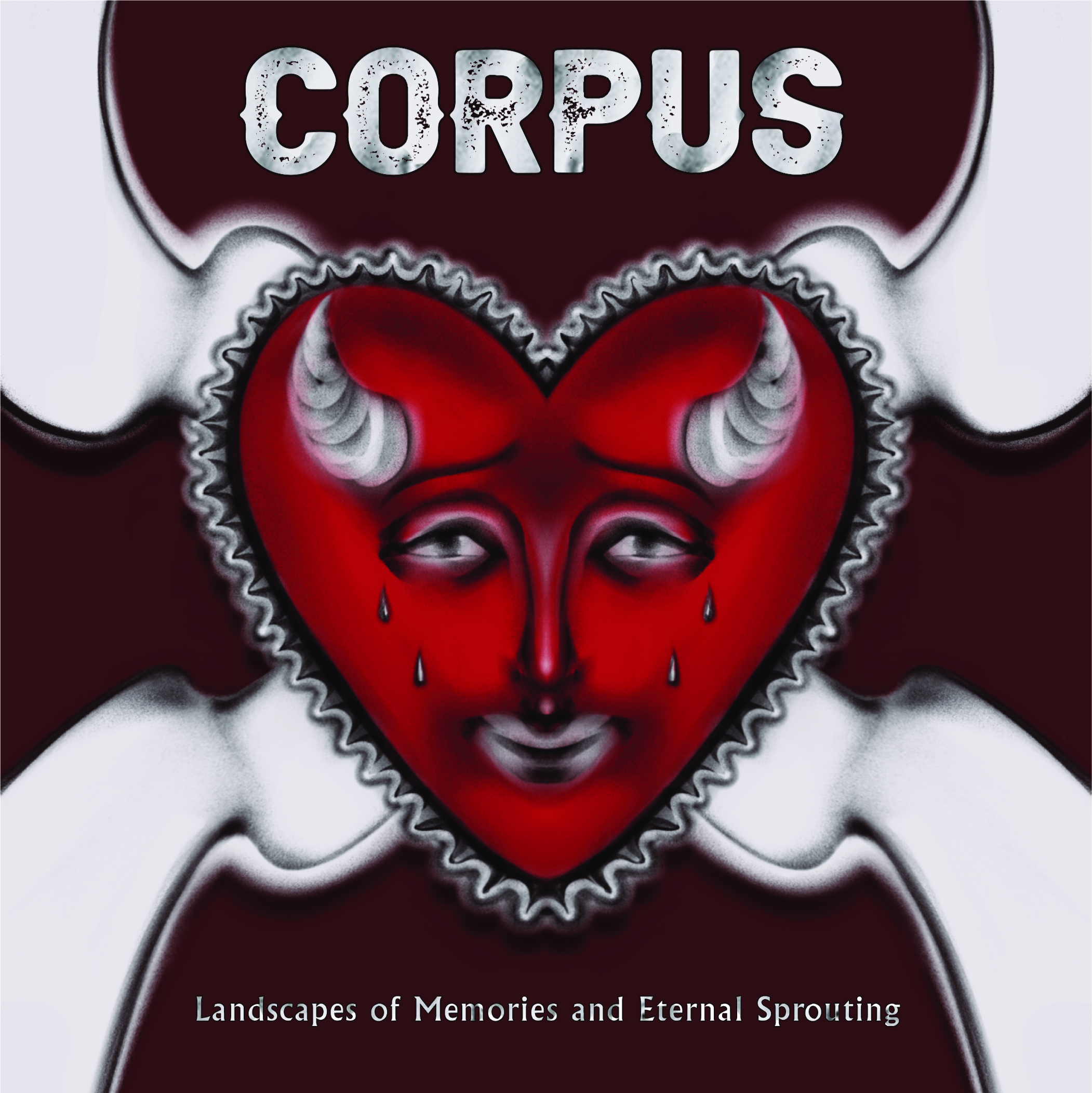Corpus:
Landscapes of Memories and Eternal Sprouting
THE RUBELLE AND NORMAN SCHAFLER GALLERY
August 29 – September 30, 2022
Curated by Constanza Valenzuela (BFA Fine Arts Sculpture 17′)
Presented by School of Art and the Office of Exhibitions
With support from Somos Pratt; Office of Diversity, Equity, & Inclusion; Alumni Relations; and Pratt Presents
Artists:
Lydia Allende Hernandez (BFA Communications Design ‘25)
Mateo Arciniegas Huertas (BFA Photography ‘23)
Julio Cardenas-Arana (BFA Fine Arts Painting ‘23)
Andrea Garcia (BFA Fine Arts Painting ‘22)
Felix Lugo (BFA Art & Design Education ‘23)
Ariana Milan (BFA Fine Arts Painting ‘22)
Emily Morillo (BFA Art & Design Education ‘25)
Kristina Naso (MFA Photography ‘22)
Christian Ocampo (BFA Film ‘22)
Dariana Portes (BFA Photography ‘23)
MADeleine Riande (MFA Fine Arts ‘22)
Andrea Robles (BFA Fine Arts Painting ‘24)
Aysia Ciel Ramirez Segura (BFA Digital Arts ‘22)
Gina Somma (BFA Fine Arts Painting ‘23)
The human body is central to how we understand facets of identity such as race, ethnicity, gender, and sexuality. The artists in this exhibition, Corpus, explore the complex and fragmented Latine/@/X identity through representations of the body, reflection, presence, and autonomy. In thinking about the body as a vessel of memories, sentimientos, and compartmentalized traumas – and its direct relationship to change, growth, and healing – the artists use the body as a medium to tell a personal narrative and explore a perpetual sense of belonging.
As the body is a site for expressing identity, artists historically have used depictions or taken inspiration from the body for thousands of years to convey and comment on culture, power, social structures, spiritual beliefs, and cultural values. While the Latine/@/X identity is increasingly contested as a unifying ethnicity for over thirty countries with diverse and complicated histories tied to a colonial and racially segregated past, there is an increasing urge in Western institutions for the visibility of Latine/@/X folks and culture, which have previously been neglected, under-resourced, and under-scholarized. Building on a growing presence of Latine/@/X students and faculty at universities in the United States, it is crucial to create and hold space to further examine identity and its ties to historical oppression, media stereotypes, and erasure. From this point on, we can embark on an open-ended discussion of the body and its relationship to diaspora and the Latine/@/X identity.
Let us take a moment to consider the metaphysical understanding of searching for belonging. In a diasporic sense most work in relation to identity is autobiographical, drawing from a personal history of being displaced, misunderstood, and in pursuit of self-determination. Themes in this exhibition include but are not limited to memories, family, trauma, absence, guilt, reflection, healing, sexuality, language, connection, folklore, classicism, Syncretism, and mortality. The body in some shape or form makes a consistent appearance throughout the exhibited work to speak through these themes, their differences, and their commonalities.
Cover art by Lydia Allende Hernandez, Cuánto Duele Tu Amor, 2021
